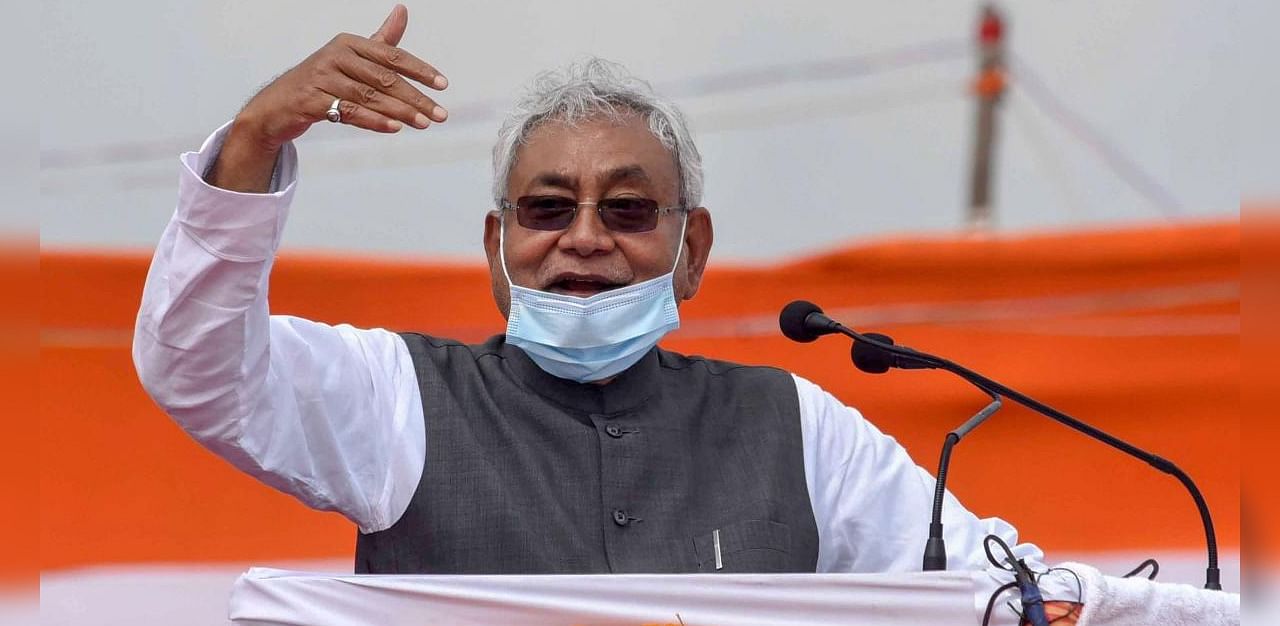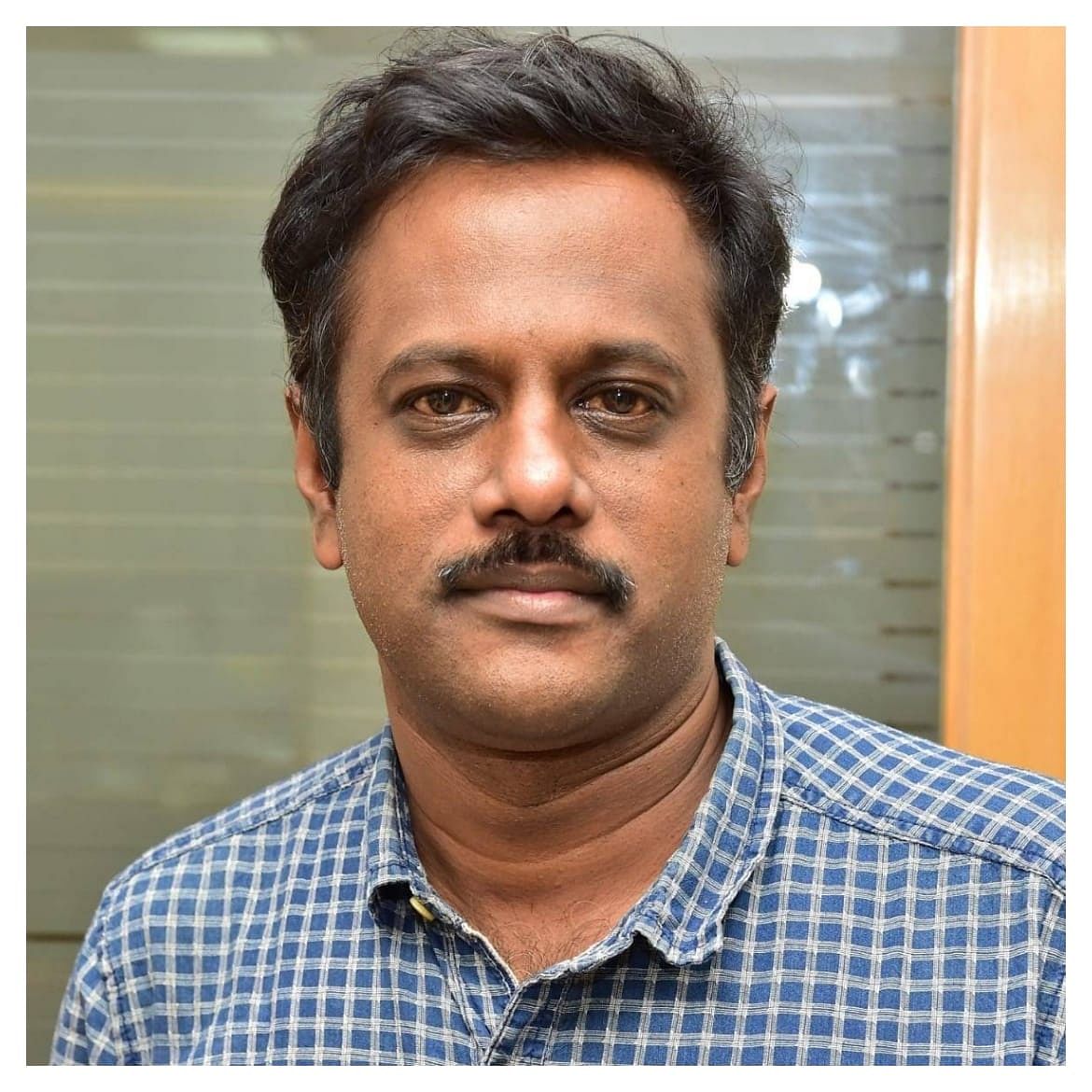
The JD (U)-BJP combine is likely to romp home comfortably in the upcoming Bihar Assembly elections but Chief Minister Nitish Kumar's popularity has taken a dip, according to an opinion poll aired on Tuesday.
The India Today-CSDS opinion poll gave the NDA 133 to 143 seats out of 243 while the RJD-Congress-Left Grand Alliance is predicted to win 89-98 seats.
The Chirag Paswan-led LJP, which is contesting out of the NDA fold, is likely to win 2-6 seats while others may grab 6-10 seats.
If one takes the existing seat share, the NDA alliance will be improving its seats from 125 while the Opposition alliance may see a decline from 100.
If one takes the vote share, the NDA would garner 38% as against 43% it polled in 2015 Assembly polls and 49% polled during the 2019 Assembly elections.
In 2015, JD(U) was with RJD and Congress but in 2017 split with the Grand Alliance to form the government with BJP support.
The vote share of Grand Alliance is likely to increase this time to 32% this time from 29% in the previous Assembly polls and 25% in the Lok Sabha polls.
The polls also showed a dip in the popularity of Kumar, who is the face of the NDA. While Kumar clocked a popularity of 40% in 2015, it has come down to 31% this time.
Also Read | Chirag Paswan slams BJP leaders for calling LJP 'vote katua,' says party will win more seats than JD(U)
Also, the proportion of BJP voters supporting Kumar as the Chief Minister also fell from 91% in 2010 to 55% this time.
While Kumar leads the Chief Minister's race with 31% preferring him as the Chief Minister, RJD's Tejashwi Yadav, who is attracting huge crowds during the campaign trail, has got 27% rating. Chirag Paswan got 5% votes.
To a question whether Kumar should be given another chance, 31% answered in the affirmative while 26% answered in the negative. At least 34% were of the view that a new leader should be the Chief Minister.
On the state government's performance, 52% said they were satisfied while 44% were not satisfied. The dissatisfaction level has increased from 19% in 2010 and 18% in 2015 while the satisfaction level dipped from 77% in 2010 and 80% in 2015.
